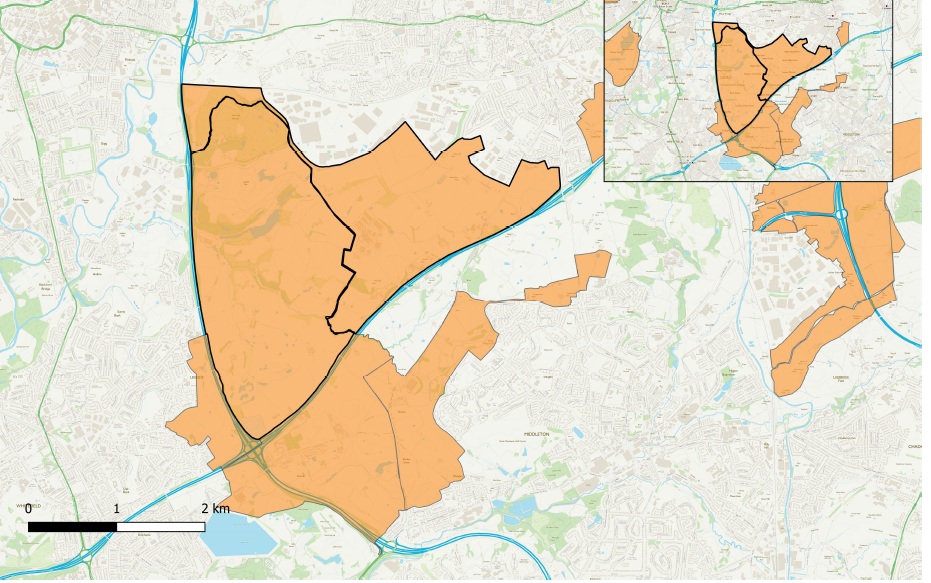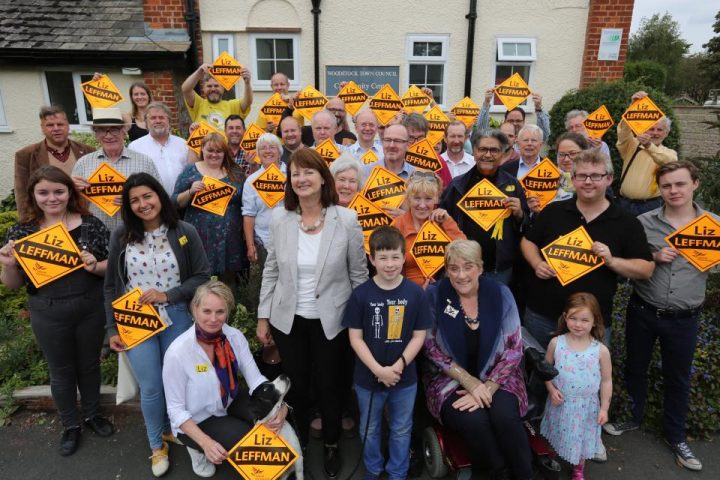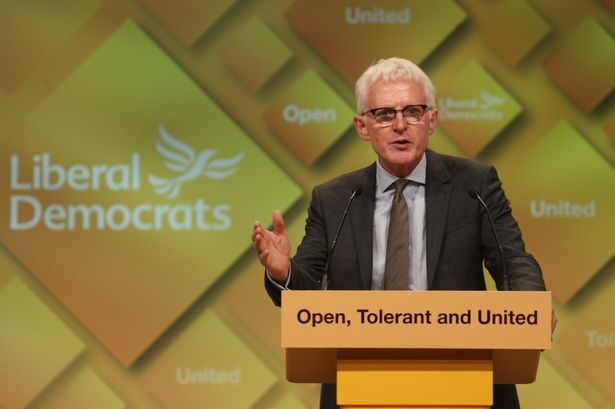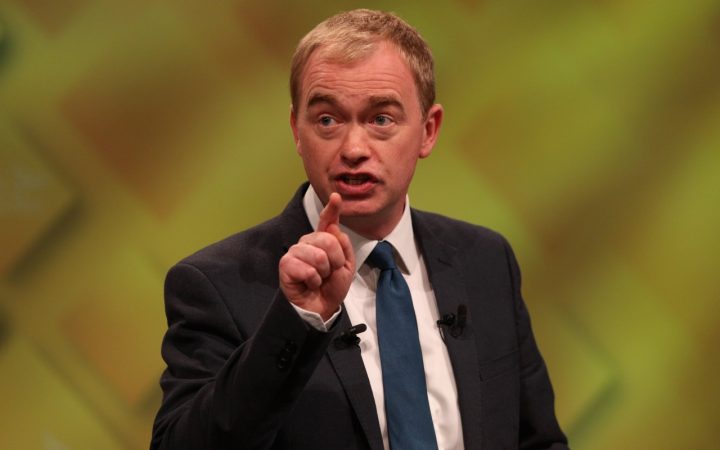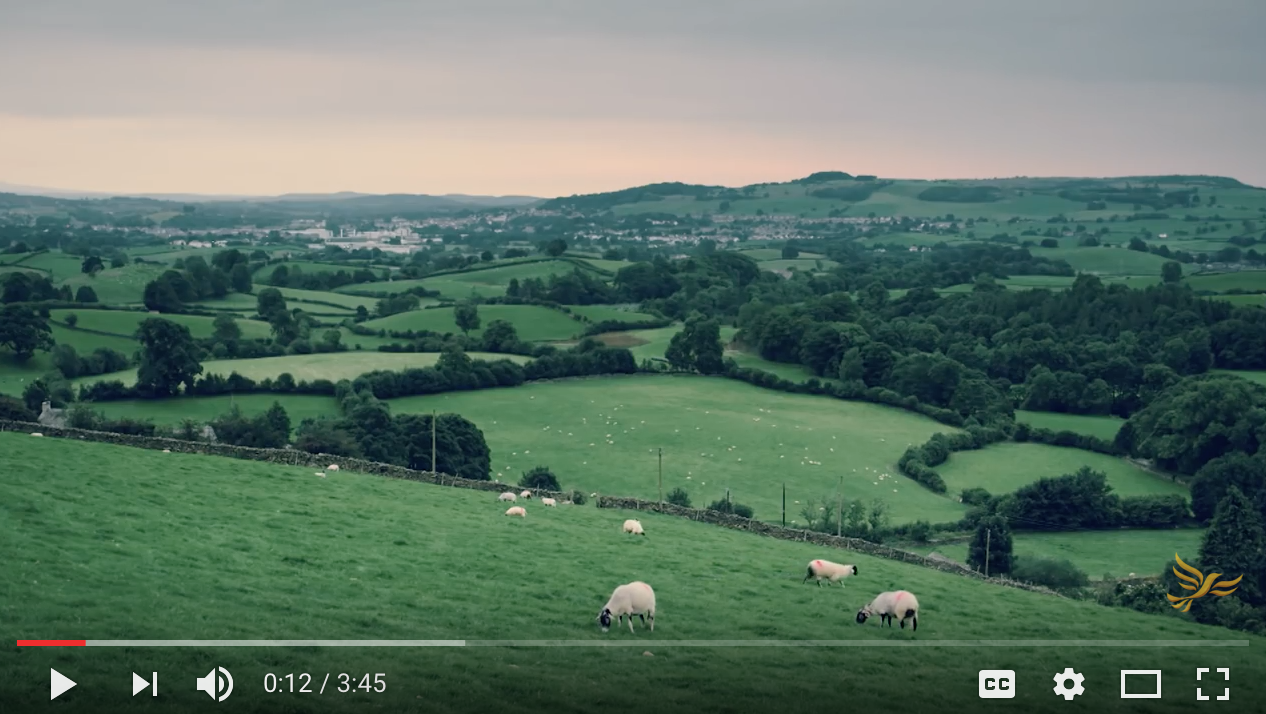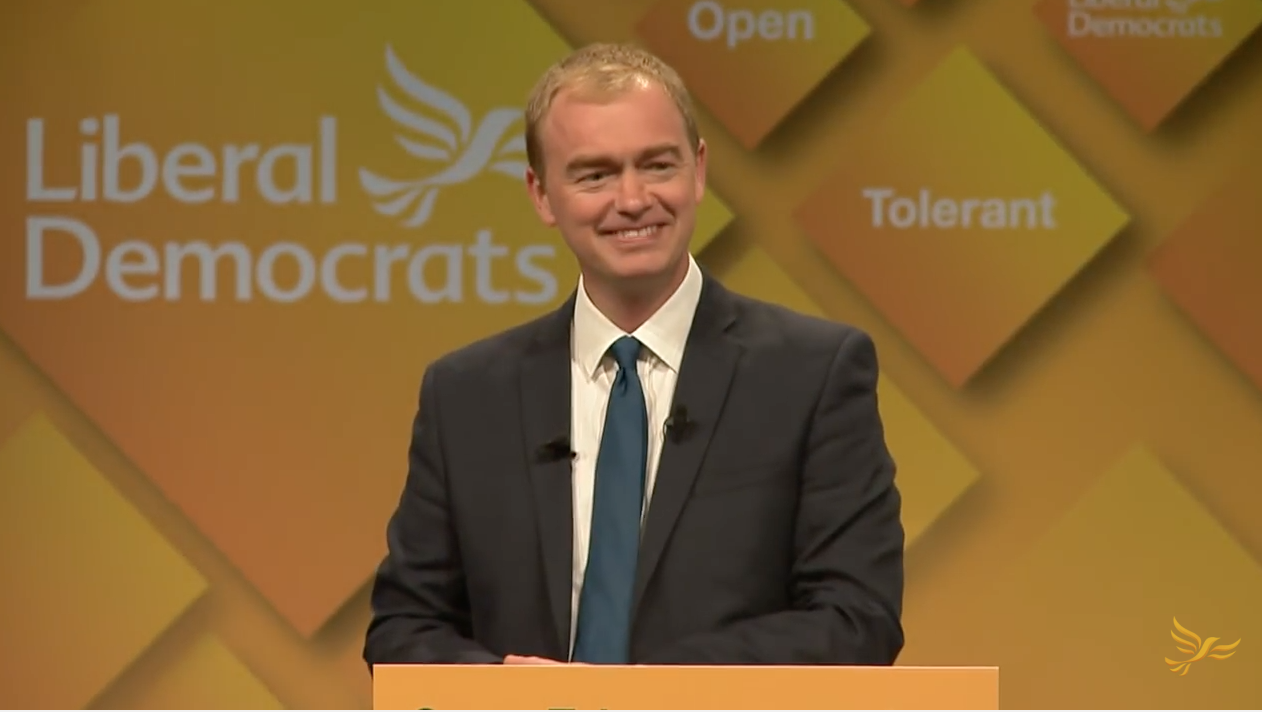On Friday (28 October 2016) the ten Greater Manchester Council Leaders will meet to agree the draft of the Greater Manchester Spatial Framework. Broadly the document sets out how the Councils propose to use land over the next 25 years to allow the city region to develop.
As a starting point they assume Greater Manchester will have more people in it – 294,800 more people, and want to provide space for an extra 227,000 new homes and space for an extra 199,700 jobs.
227,000 homes is a LOT of new homes, to give you an idea there are currently 75,868 homes in the whole of Bury.
The ten Council Leaders are the ten leaders of Greater Manchester Councils, that’s nine Labour politicians and one Conservative. Bury’s vote will be cast by Cllr Rishi Shori, the Labour Leader of Bury Council.
After the vote, residents will be consulted up to Christmas, with the consultation ending on 23 December 2016.
You can have your say in the formal consultation here.
Online at http://gmsf-consult.objective.co.uk or
By email to GMSF@agma.gov.uk
By post: Greater Manchester Integrated Support Team, P O Box 532, Town Hall, Manchester,
M60 2LA
You can download the whole report here (warning it is VERY large!)
Brownfield and Green Belt
The draft Spatial Framework DOES say that we should build as much as possible on existing ‘brownfield’ sites (e.g. former industrial sites), which is good, but it goes on to say that there should be a significant amount of ‘green belt’ land given up for development.
Green Belt is a planning policy developed since the second world war to ensure that green spaces are protected around our major cities. The idea is to stop cities expanding without control, that we all have access to the countryside, and that there are ‘green spaces’ retained between different towns.
Bury is especially rich in green belt land, over 60% of Bury is green belt. Our view is that this is one of the reasons that this area is such a great place to live, with all of us having easy access to green spaces. Green belt has meant that there has not been continuous expansion from the city centre. There is countryside between Bury and Radcliffe, between Prestwich and Middleton, etc.
The draft Spatial Framework takes the view that it is better to have a smaller number of large builds on the green belt, rather than a lot of smaller builds. Their argument is that this means the infrastructure can be built to support these developments. We are not so sure – it may be that smaller build sites would cause less damage.
Our view is that we DO need new homes. Everybody should have a decent place to live, but at present the the housing market is making home ownership difficult or impossible for many. However, we believe that every effort should be to build on existing brownfield sites FIRST. The Government has recently given local councils money to develop ‘Brownfield Land Registers’ to make sure the maximum use is being made of this land. We must also make use of existing planning permissions that have been given and are being ‘sat on’ by developers (often called ‘land banking’).
We also think that there should be more effort made to bring back empty homes into use. 12 of the top 20 local authorities with the highest number of empty homes are in the North West, which is a crying shame.
Building outside of city and town centres on green belt land is not only bad for the countryside, but it is also bad for the environment. Building on greenfield sites inevitably means that public transport services will be worse there than in town centres, and jobs and services will be further away. This means more cars on the road, more parking problems, more air pollution.
This map shows the green belt land to be lost if the Spatial Framework goes ahead (the areas in orange are green belt to be lost, the yellow is an ‘area of search’ in Bolton). Although it is difficult to tell from the map in detail, it looks as though Bury fares the worst and will bear the brunt of the loss of green belt.
The biggest areas to be lost would be in Prestwich around Simister and Bowlee; in Whitefield and Pilsworth around the M66, around Elton Reservoir between Radcliffe and Bury, around Walshaw road some smaller, but still significant, sites north of Bury.
Northern Gateway
Fundamental to the strategy and a big impact on Bury is the development of the ‘Northern Gateway’.
This is a large area of land, larger than Trafford Park in size, stretching from Prestwich and Unsworth eastwards towards Rochdale on both sides of the M62.
This is identified as a major site for employment and housing:
“The Northern Gateway provides a nationally significant growth area extending along the M62 motorway around its intersections with the M66 at Junction 18 and the A627 (M) motorways and at Junction 21 in the north-east of Greater Manchester. It offers an extensive range of high quality development opportunities in a strategically important location on the main route connecting Greater Manchester to Liverpool to the west, Leeds and Hull to the east and Lancashire to the north. The area also benefits from easy access to the City Centre, the main town centres of Bury, Rochdale and Oldham and the wider north Manchester area in general.“
South of the M62 and M60 (between Prestwich and Simister, all around Simister, all around Bowlee and around the north of Middleton) would be for what is described as an ‘urban expansion’ with 3,400 homes. North of the Motorway would be more employment and industrial, though with a big housing development to the east of Whitefield.
We are totally opposed to this overdevelopment. This is the largest single loss of green belt proposed anywhere in Greater Manchester and would be a destruction of our countryside. There would be continuous built up urban development between Prestwich and Middleton, Whitefield and Middleton, Unsworth and Heywood etc. In fact you would be able to walk from Manchester city centre to the other side of Heywood without once entering countryside. Existing village communities like Simister and Bowlee would be lost forever.
One of the biggest problems we foresee here is transport. The area is, of course, well served by motorways, but as anyone who has ever been in a car can tell you, these motorways are FULL. Traffic is at a standstill every rush hour on the M60 and coming down the M62 into Manchester (and that was before the roadworks started). The report does identify that significant improvements will need to be made to Simister Island, to Junction 19 (M62) and Junction 3 (M66), but even with improvements we cannot see how more cars and lorries could be fit on the motorway.
Bury Labour’s U-Turn
The Labour Party in Bury has consistently promised that it will protect the green belt in Bury saying: “Bury Labour Group will defend the greenbelt and do all we can to stop development of this precious resource”. Read it for yourself in their manifesto for the 2014 local elections.
HANDS OFF Bury’s Green Belt
We are campaigning for the Spatial Framework to be changed so that it DOESN’T destroy the Green Belt.
- use brownfield sites FIRST
- use existing planning permissions
- bring empty houses back into use
- focus development in existing city and town centres where public transport is better and less reliance on car journeys
If you agree with us, please sign our petition to send a clear message to Bury Council that the Green Belt must be saved. Get involved in the campaign on our Facebook Page – Hands Off Bury’s Green Belt.



